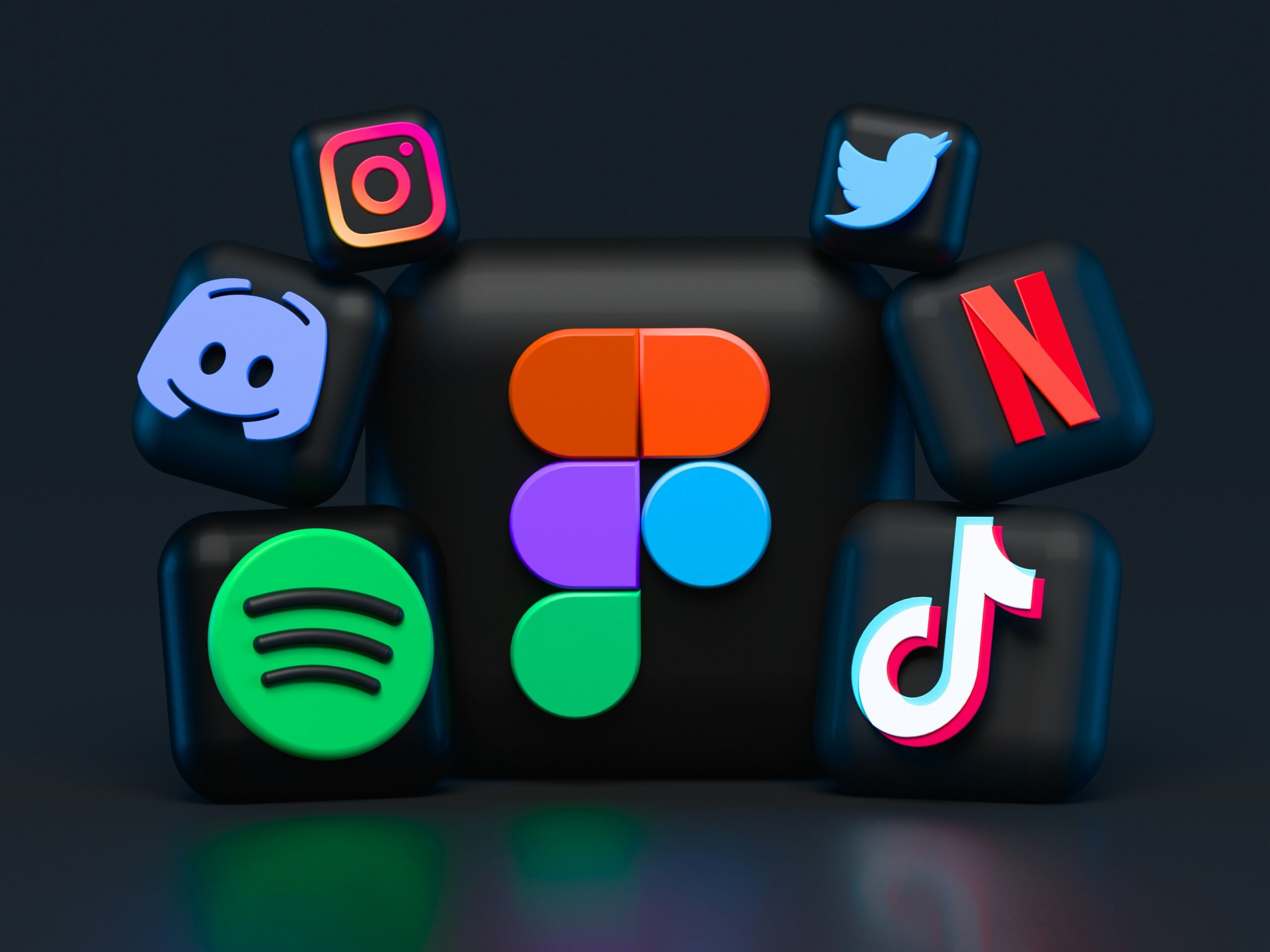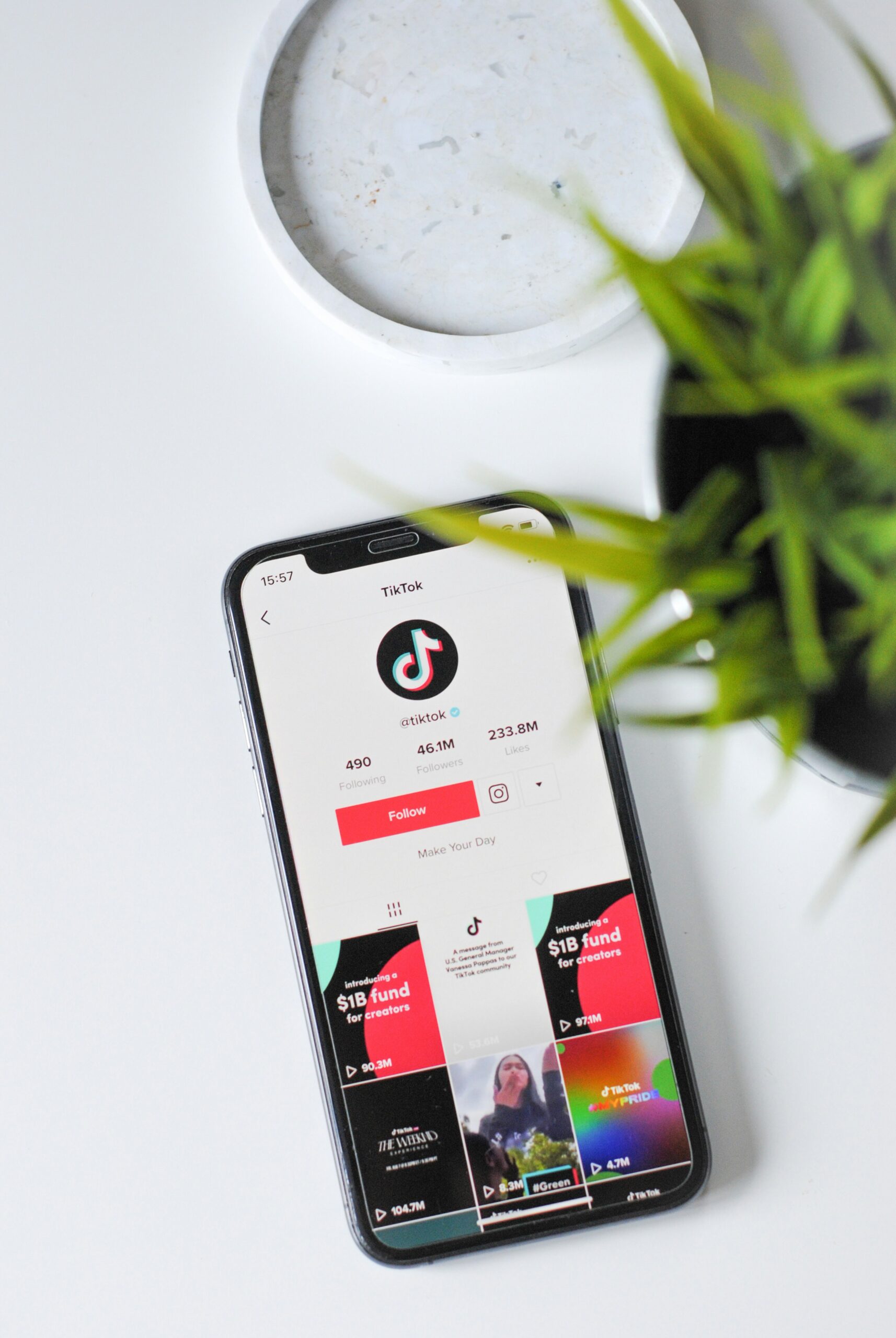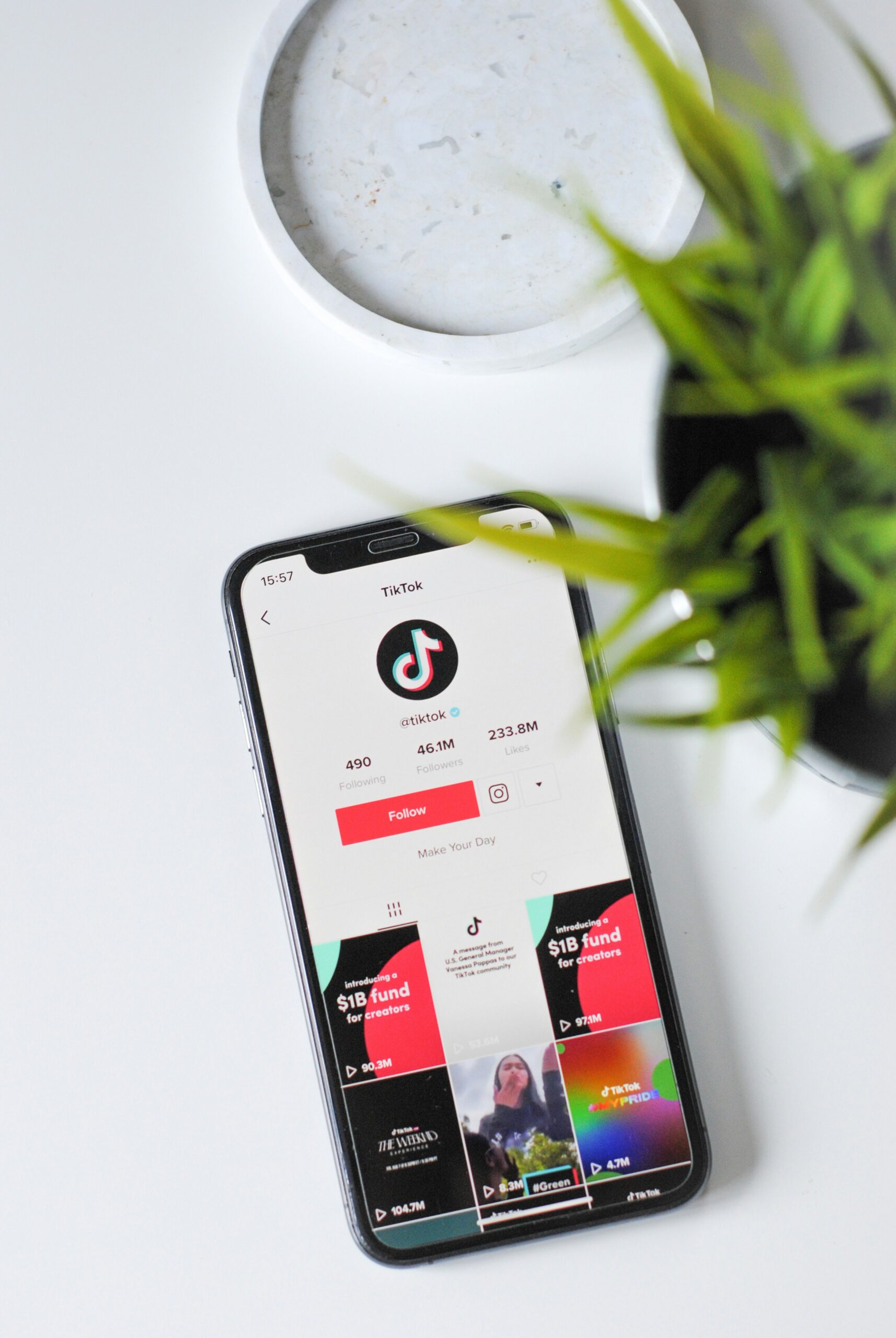
Behind the Scenes: Crafting Compelling Content for TikTok Marketing
Introduction to TikTok Marketing
TikTok has rapidly emerged as one of the most influential social media platforms, transforming the digital marketing landscape. Launched in 2016 by ByteDance, TikTok has witnessed an exponential rise in popularity, boasting over a billion active users globally. Its unique algorithm sets it apart, curating a highly personalized feed that keeps users engaged for extended periods. This algorithm’s ability to understand user preferences and deliver relevant content makes TikTok an exceptionally potent marketing tool.
One of the most compelling aspects of TikTok is its diverse and engaged user base. The platform attracts a wide demographic range, with a particular concentration of Gen Z and Millennials. This demographic is known for its high engagement rates and preference for authentic, relatable content. Brands are increasingly recognizing the potential to reach these consumers in a more organic and engaging manner, which traditional advertising methods often fail to achieve.
TikTok’s short-form video format, combined with its trending challenges and viral content, creates a dynamic environment for marketers. The platform’s unique features, such as duets, stitches, and a vast library of sounds and effects, offer creative opportunities for brands to craft compelling content. These features not only enhance user interaction but also amplify the reach of marketing campaigns through user-generated content and peer-to-peer sharing.
Furthermore, TikTok’s high engagement rates are a testament to its potential as a marketing powerhouse. Users spend an average of 52 minutes per day on the platform, scrolling through a seemingly endless stream of content. This level of engagement presents an unparalleled opportunity for brands to capture and retain audience attention. As a result, many brands are turning to TikTok to launch innovative marketing campaigns that resonate with their target audience.
In conclusion, TikTok’s algorithm, user base, and engagement rates make it a formidable platform for marketing. As brands continue to explore and leverage TikTok’s unique features, the platform’s role in digital marketing is set to grow even more significant.
Understanding Your Audience
A fundamental step in crafting compelling content for TikTok marketing is understanding your audience. The dynamic nature of TikTok’s user base necessitates a thorough comprehension of who they are and what they want. The platform primarily attracts a younger demographic, with a significant portion of its users being Gen Z and Millennials. However, to effectively tailor your content, it is essential to delve deeper into specific demographics, interests, and behaviors.
To identify your audience, start by researching the general demographics of TikTok users. This involves looking at age groups, gender distribution, geographic locations, and even socioeconomic backgrounds. Data from market research firms, social media studies, and TikTok’s own reports can provide valuable insights. For a more granular understanding, consider the specific niche or community your content targets. Are you aiming at fashion-savvy teens, fitness enthusiasts, or tech-savvy professionals? Each segment has unique preferences and engagement patterns.
TikTok’s built-in analytics tools offer a treasure trove of information to help you refine your audience understanding. The Analytics feature under the TikTok Pro account provides metrics on follower growth, video views, and audience insights. Key data points include the gender and age distribution of your followers, their top territories, and peak engagement times. By analyzing these metrics, you can discern patterns and trends that inform content creation strategies.
Additionally, pay attention to the type of content that resonates most with your audience. Evaluate which videos receive the highest engagement rates—likes, comments, shares—and identify common themes or formats. Are your followers engaging more with short, humorous clips or extended educational videos? Understanding these preferences allows you to align your content more closely with audience expectations, thereby enhancing relevance and engagement.
In conclusion, a deep understanding of your TikTok audience is crucial for creating content that captivates and converts. Leverage demographic research and TikTok’s analytical tools to gather actionable insights, enabling you to tailor your marketing efforts to the distinct preferences and behaviors of your audience. By doing so, you can craft compelling content that not only entertains but also drives meaningful engagement and growth.
Developing a Content Strategy
Creating a robust TikTok content strategy is crucial for brands aiming to harness the platform’s potential. The first step involves defining your brand’s voice and message. This foundational element ensures that your content resonates with your target audience and remains consistent across all posts. A well-defined voice and message not only differentiate your brand from competitors but also foster a deeper connection with your followers.
Once you have established your brand’s voice, setting clear goals becomes imperative. Whether your objective is to increase brand awareness, drive traffic to your website, or boost sales, having specific, measurable goals will guide your content creation process. These goals should align with your overall marketing strategy and be revisited periodically to ensure they remain relevant and achievable.
Planning a content calendar is the next step in developing an effective TikTok content strategy. A content calendar helps you organize and schedule your posts, ensuring a consistent flow of content. Consistency is key to maintaining engagement and building a loyal following on TikTok. By planning your content in advance, you can strategically incorporate a mix of trending topics, brand promotions, and user-generated content to keep your audience engaged and interested.
Authenticity is another critical component of a successful TikTok content strategy. Users are drawn to genuine, relatable content that reflects real experiences and emotions. Therefore, it’s essential to create content that feels authentic and true to your brand’s personality. This authenticity not only enhances your brand’s credibility but also encourages user interaction and loyalty.
In conclusion, developing a TikTok content strategy involves defining your brand’s voice and message, setting clear goals, planning a content calendar, and prioritizing authenticity. By adhering to these steps, brands can create compelling and effective content that resonates with their audience and drives meaningful engagement on the platform.
Creating Engaging and Trendy Content
In the dynamic world of TikTok, crafting engaging and trendy content is crucial for capturing the attention of the platform’s diverse and ever-evolving audience. The first key element in achieving this is understanding and leveraging popular hashtags, challenges, and trends. Trending hashtags and challenges often act as catalysts for viral content, offering a ready-made audience eager to engage with related videos. By participating in these trends, creators can increase their visibility and tap into the collective excitement surrounding them.
Another essential aspect of creating compelling TikTok content is the strategic use of music, effects, and editing tools. Music is a powerful tool on TikTok; selecting tracks that are currently popular or have a strong emotional impact can significantly enhance the appeal of videos. TikTok’s extensive music library provides a plethora of options to suit various moods and themes, making it easier for creators to find the perfect soundtrack for their content.
Incorporating effects and editing tools is equally important. TikTok offers a variety of effects that can add a unique flair to videos, from filters that alter the video’s aesthetic to interactive effects that engage viewers. Skillful editing can transform ordinary footage into extraordinary content. Techniques such as quick cuts, transitions, and visual effects can make videos more dynamic and engaging, holding the viewer’s attention and encouraging them to watch till the end.
Moreover, authenticity and creativity are paramount. While it’s beneficial to follow trends, adding a personal touch or a unique twist ensures that the content stands out in the crowded TikTok landscape. Authentic content resonates more with viewers, fostering a stronger connection and encouraging more interactions, such as likes, comments, and shares.
Ultimately, creating engaging and trendy TikTok content requires a blend of understanding current trends, utilizing available tools effectively, and infusing originality. By mastering these elements, creators can produce compelling videos that not only attract but also retain the interest of their audience.
The Role of Influencers and Collaborations
Partnering with TikTok influencers can significantly amplify your marketing efforts, as these content creators have already cultivated substantial, engaged followings. To make the most of such collaborations, it’s crucial to identify the right influencers whose audiences align with your brand’s target demographic. Begin by analyzing potential influencers’ content styles, engagement rates, and follower demographics. Tools like TikTok’s Creator Marketplace or third-party analytics platforms can aid in this selection process.
Once suitable influencers are identified, the next step is negotiating collaborations. Clear communication is key to ensuring mutual understanding and agreement on deliverables, timelines, and compensation. It’s essential to draft a comprehensive contract that includes specific terms such as content ownership, posting schedules, and performance metrics. This formal agreement helps protect both parties and sets the stage for a successful partnership.
Measuring the impact of influencer collaborations involves tracking various metrics to assess the campaign’s effectiveness. Key performance indicators (KPIs) such as engagement rates, follower growth, and conversion rates offer valuable insights into the collaboration’s success. Utilize in-app analytics and third-party tools to gather and analyze data, enabling you to make informed decisions about future influencer partnerships.
Successful case studies highlight the potential of influencer collaborations. For instance, a beauty brand partnered with a renowned TikTok makeup artist, resulting in a viral campaign that boosted brand visibility and product sales. Another example involves a fitness company collaborating with a popular fitness influencer, leading to a significant increase in app downloads and user engagement. These case studies underscore the importance of strategic influencer partnerships in achieving marketing objectives on TikTok.
Utilizing TikTok Ads
TikTok has rapidly evolved into a powerful platform for marketers, offering a variety of advertising options designed to engage a vast audience. Among these options are In-Feed ads, Branded Hashtag Challenges, and Branded Effects, each providing unique opportunities to create compelling content and drive engagement.
In-Feed ads appear seamlessly in users’ feeds, mimicking organic content and often generating higher engagement rates. These ads can include a call-to-action (CTA) button that directs users to a landing page, app download, or other external links. The key to an effective In-Feed ad lies in its authenticity and creativity, ensuring it captures users’ attention within the first few seconds.
Branded Hashtag Challenges encourage user-generated content by inviting users to participate in a themed challenge, utilizing a specific branded hashtag. This form of advertising is particularly effective in fostering community engagement and virality. Successful campaigns typically offer clear instructions, engaging themes, and sometimes incentives such as prizes or features on the brand’s page.
Branded Effects, such as filters, stickers, and augmented reality (AR) experiences, allow brands to create interactive elements that users can incorporate into their own TikTok videos. These effects enhance user interaction and brand visibility, making the content more memorable and shareable.
Creating and launching an effective TikTok ad campaign involves several strategic steps. First, define your campaign objectives, whether it is to increase brand awareness, drive website traffic, or boost sales. Next, leverage TikTok’s targeting options to reach the right audience. You can target users based on factors such as age, location, interests, and behaviors. Budgeting is also crucial; start with a test budget to gauge performance and optimize as needed.
Successful TikTok ads often share common traits: they are creative, authentic, and aligned with current trends. For instance, Chipotle’s #GuacDance challenge generated over 250,000 video submissions, tapping into users’ love for guacamole and dance trends. Similarly, Guess’s #InMyDenim challenge effectively utilized user-generated content to showcase their products in a fun and relatable manner.
By understanding TikTok’s advertising options and implementing these strategic tips, brands can craft compelling content that resonates with the platform’s dynamic user base, ultimately driving engagement and achieving marketing goals.
Measuring Success and Analytics
In the dynamic realm of TikTok marketing, evaluating the effectiveness of your content is crucial for sustained success. Key performance indicators (KPIs) such as views, likes, shares, comments, and follower growth provide a quantitative measure of your content’s impact. These metrics offer insights into how well your videos are resonating with your audience, aiding in the formulation of future strategies.
TikTok’s in-app analytics tools are indispensable for tracking performance. These tools offer a comprehensive overview of your content’s reach and engagement. By navigating to the Analytics section in your TikTok Pro account, you can access detailed reports on your account’s performance. This includes metrics such as video views, profile views, and follower activity, which are vital for understanding your audience’s behavior and preferences.
Audience engagement metrics such as average watch time, completion rate, and engagement rate are particularly significant. Average watch time indicates how long viewers are watching your content before scrolling away, while completion rate measures the percentage of viewers who watch your video in its entirety. High engagement rates, including likes, comments, and shares, signify that your content is not only being viewed but is also sparking interaction and conversation.
Setting realistic benchmarks is essential for making data-driven decisions. Initially, compare your metrics against industry standards or competitors to establish a baseline. Over time, analyze trends within your own data to identify what type of content performs best and at what times your audience is most active. This iterative process of setting goals, measuring results, and refining your strategy based on analytics ensures continuous improvement and maximizes the effectiveness of your TikTok marketing efforts.
Utilizing TikTok’s analytics tools effectively allows for a deeper understanding of your audience, enabling you to tailor your content strategy to better meet their needs and preferences. By consistently monitoring and adjusting your approach based on analytic insights, you can enhance engagement, increase visibility, and achieve your marketing objectives with precision.
Adapting and Evolving Your Strategy
In the dynamic landscape of TikTok marketing, staying agile and adaptable is paramount. As the platform continually evolves, so too must your strategies. One of the key aspects of succeeding on TikTok is the ability to pivot based on performance metrics and emerging trends. By regularly analyzing your content’s performance through TikTok’s analytics tools, you can identify which types of content resonate most with your audience. This data-driven approach allows marketers to refine their strategies, ensuring that they remain relevant and engaging.
Keeping up with platform updates and new features is also essential. TikTok frequently rolls out new functionalities that can enhance your content and broaden your reach. For example, the introduction of features like “Duets” and “Stitch” has provided creators with novel ways to interact with their audience and other creators. By leveraging these features, you can create fresh and innovative content that captures the attention of viewers. Staying informed about these updates and experimenting with them can set you apart from competitors who may be slower to adapt.
Furthermore, understanding and responding to changing user behaviors is critical. The preferences of TikTok users can shift rapidly, influenced by viral trends, cultural moments, and even global events. Regularly monitoring these shifts and adjusting your content strategy accordingly can help maintain audience interest and engagement. For instance, if a particular hashtag or challenge is gaining traction, incorporating it into your content can boost visibility and relevance.
Continuous learning and experimentation are the cornerstones of effective TikTok marketing. Engaging with the broader TikTok community, attending webinars, and participating in forums can provide valuable insights and ideas. Additionally, running A/B tests on different content formats, posting times, and engagement techniques can reveal what works best for your brand. By fostering a culture of perpetual learning and adaptability, marketers can thrive in the ever-changing world of TikTok.


